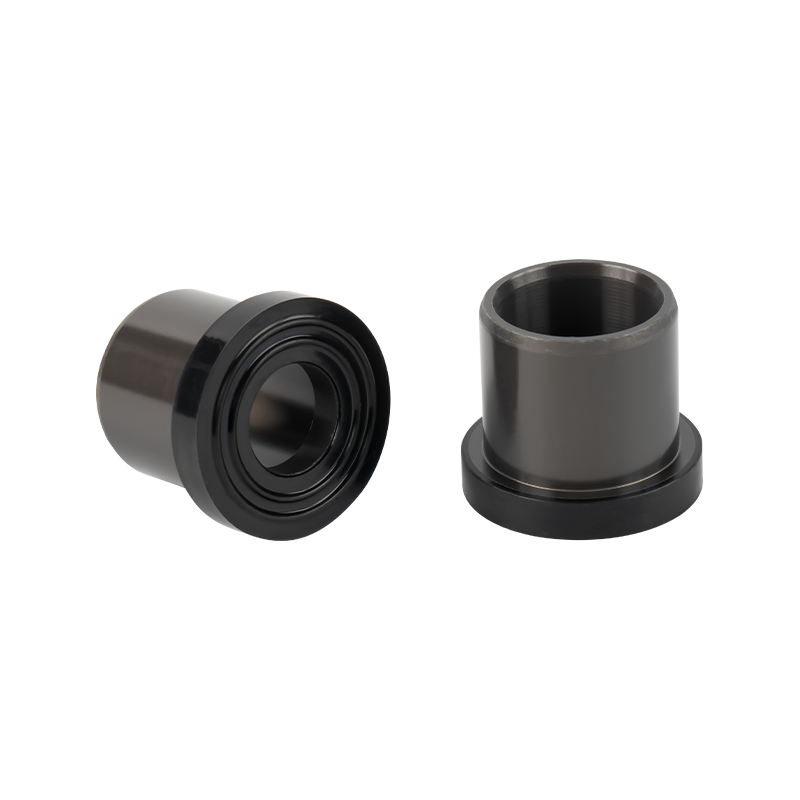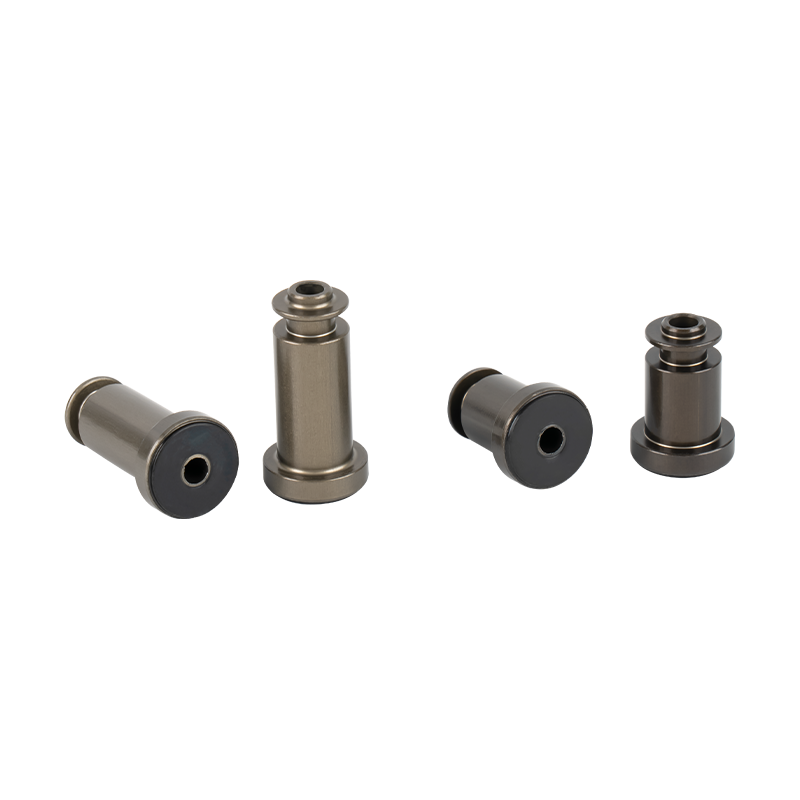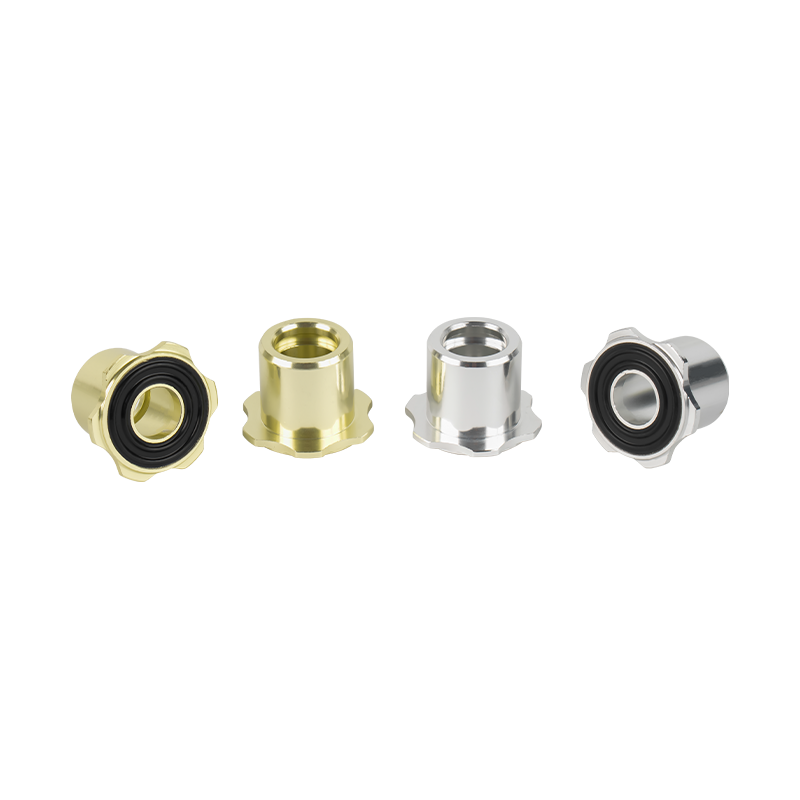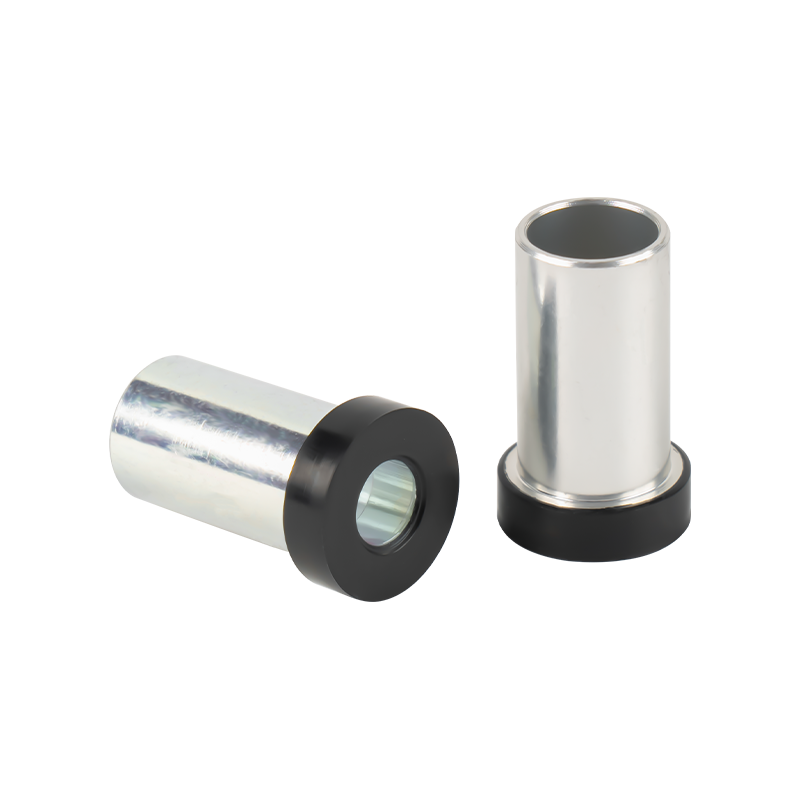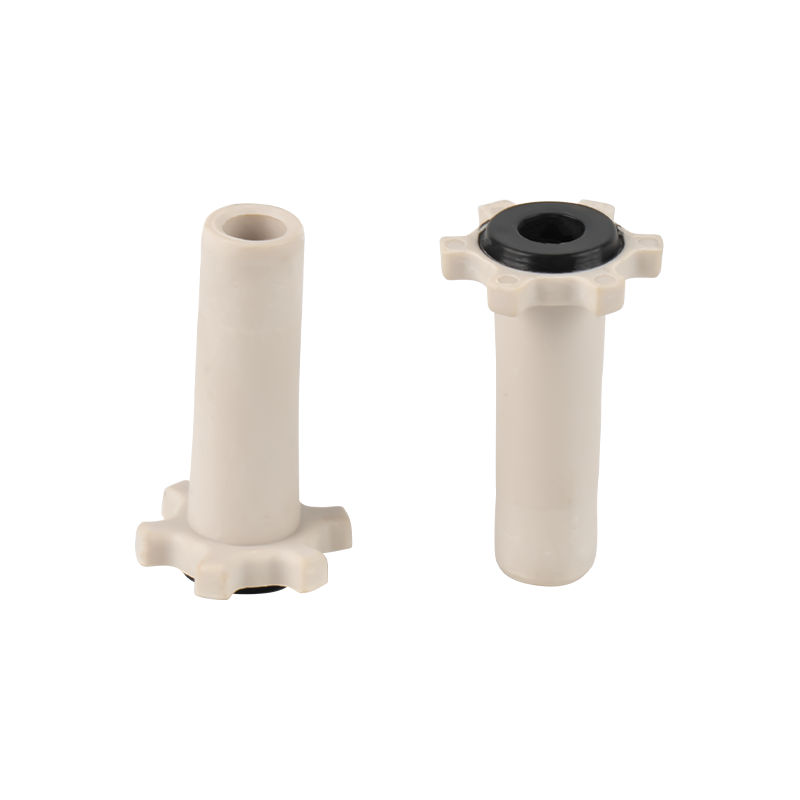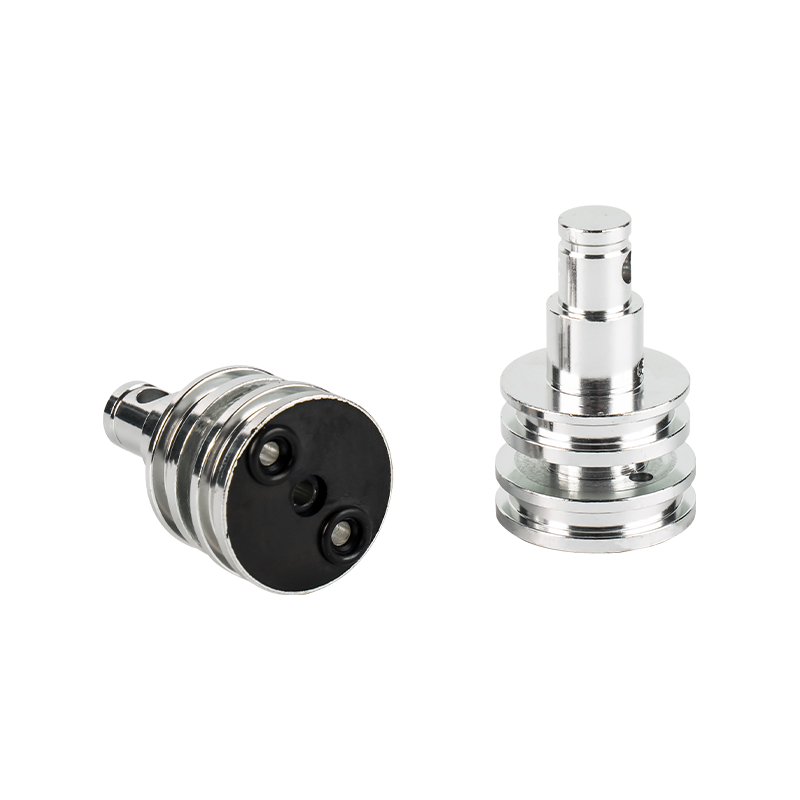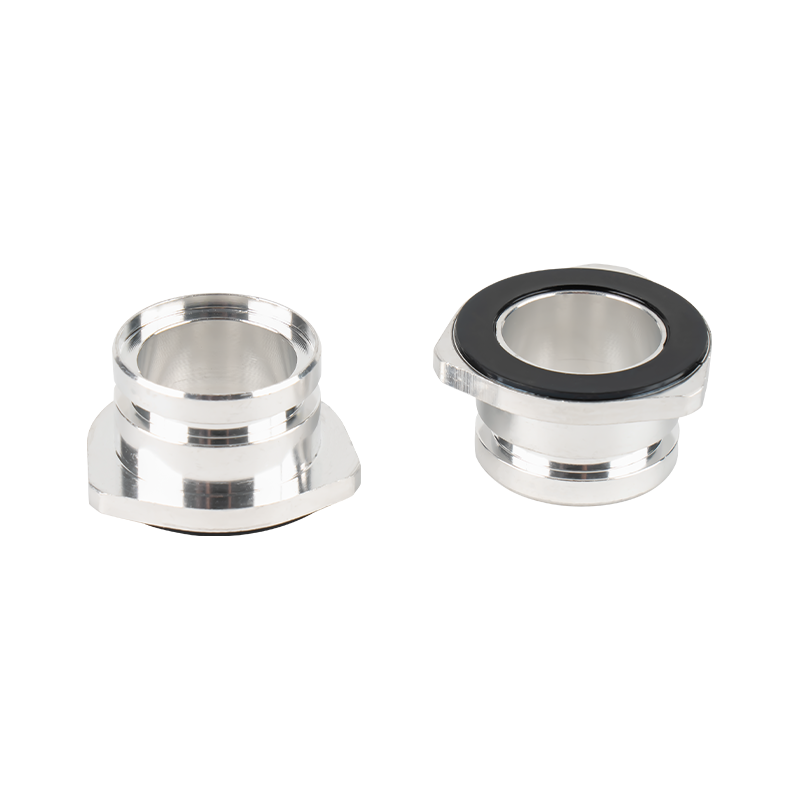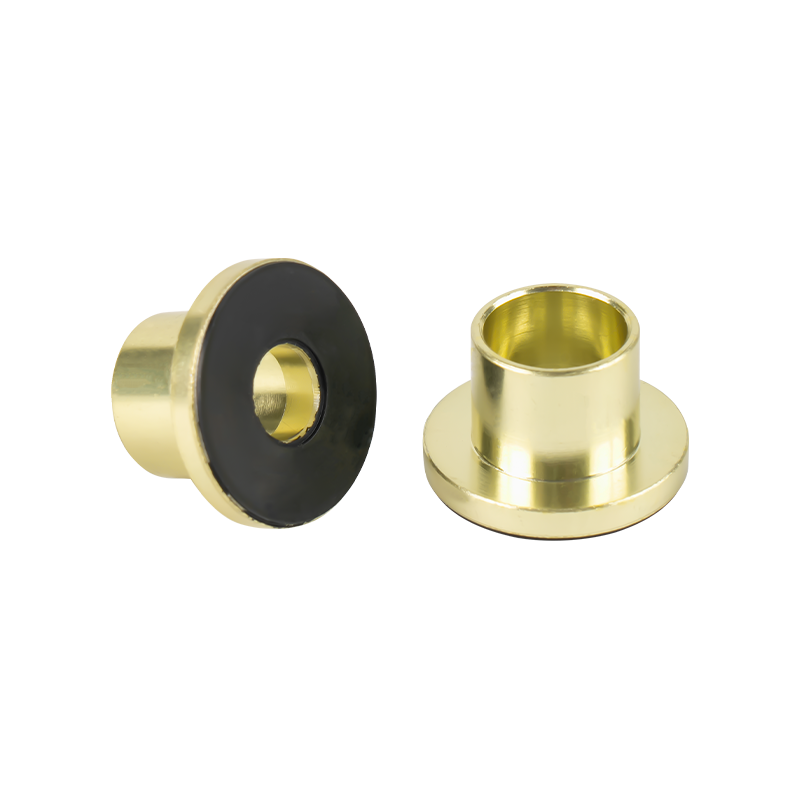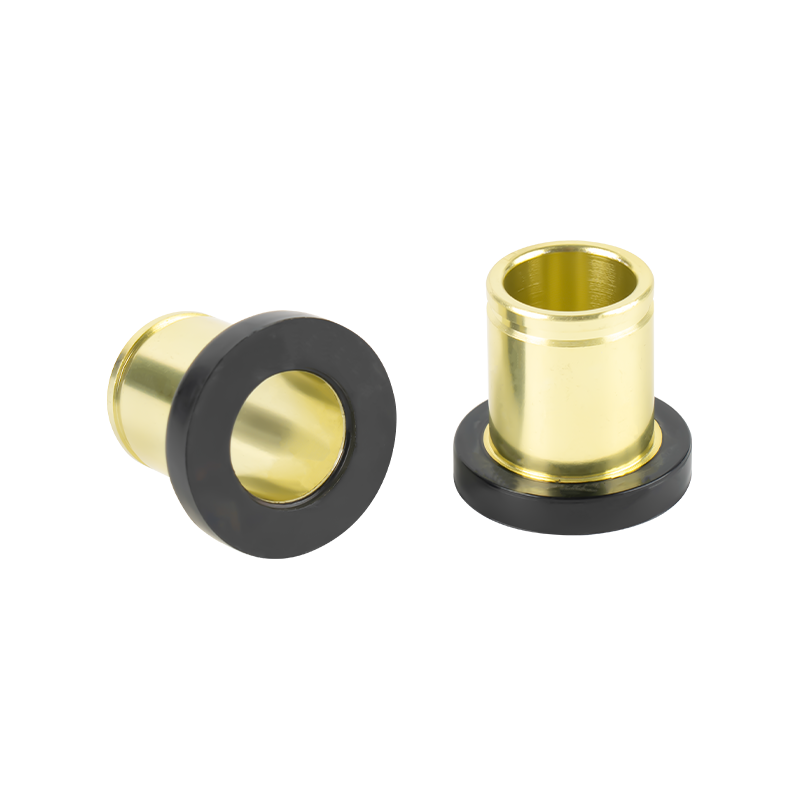How to Choose Reliable Automotive Brake Valves? Key Safety Standards to Check
2025-09-26
What foundational safety standards should automotive brake valves comply with?
Reliable automotive brake valves must first adhere to mandatory safety standards that regulate braking system performance. A core standard for the overall safety of braking systems (including valve components) is ECE R13-H "Uniform Provisions Concerning the Approval of Vehicles with Regard to Braking", which specifies requirements for braking efficiency, stability, and failure resistance. For vehicles equipped with anti-lock braking systems (ABS), compliance with ECE R79 "Uniform Provisions Concerning the Approval of Anti-lock Braking Systems for Motor Vehicles and Their Trailers" is also essential to ensure the valve coordinates smoothly with ABS functions. Additionally, ISO 4195 "Road Vehicles - Pneumatic Braking Systems - Performance Requirements and Test Methods" sets baseline safety thresholds for brake valve installation and operation, aligning with global vehicle safety benchmarks.
What functional performance indicators reflect brake valve reliability?
Beyond standard compliance, functional performance directly determines the reliability of brake valves. A key indicator is failure protection capability—components like four-circuit protection valves must ensure that if one brake circuit fails, other circuits remain operational and maintain sufficient braking force as required by ECE R13-H. For parking brake valves, the system must hold a fully loaded vehicle on an 18% slope (or a tractor-trailer combination on a 12% slope) to meet regulatory parking performance demands. Resistance to environmental factors is also critical: valves must withstand temperature fluctuations (typically from -40°C to 120°C) and prevent ice blockage from condensed moisture in cold regions, which could lead to brake failure.
How to verify if brake valves match vehicle requirements?
Matching vehicle-specific parameters is vital for ensuring brake valve reliability. First, confirm compatibility with the vehicle’s brake type—whether it is a dual-circuit pneumatic or hydraulic system, and if it integrates with components like spring brakes or retarders. Vehicle specifications such as total mass, axle load distribution, and maximum speed also dictate valve performance requirements: heavy-duty commercial vehicles, for example, require valves with higher pressure handling capacity (up to 1.2 MPa) than light passenger vehicles. Additionally, check if the valve design accommodates the vehicle’s intended operating environment, such as corrosion resistance for coastal humid areas or low-temperature adaptability for high-latitude cold climates.

 English
English русский
русский 中文简体
中文简体